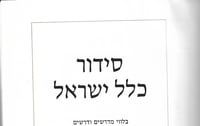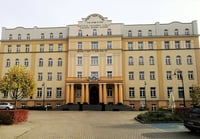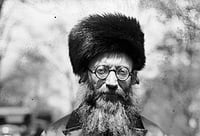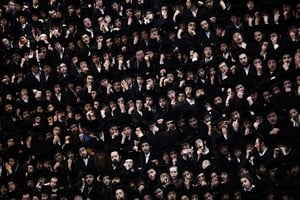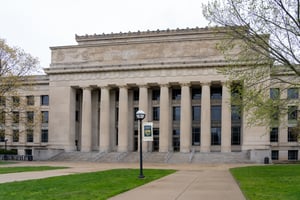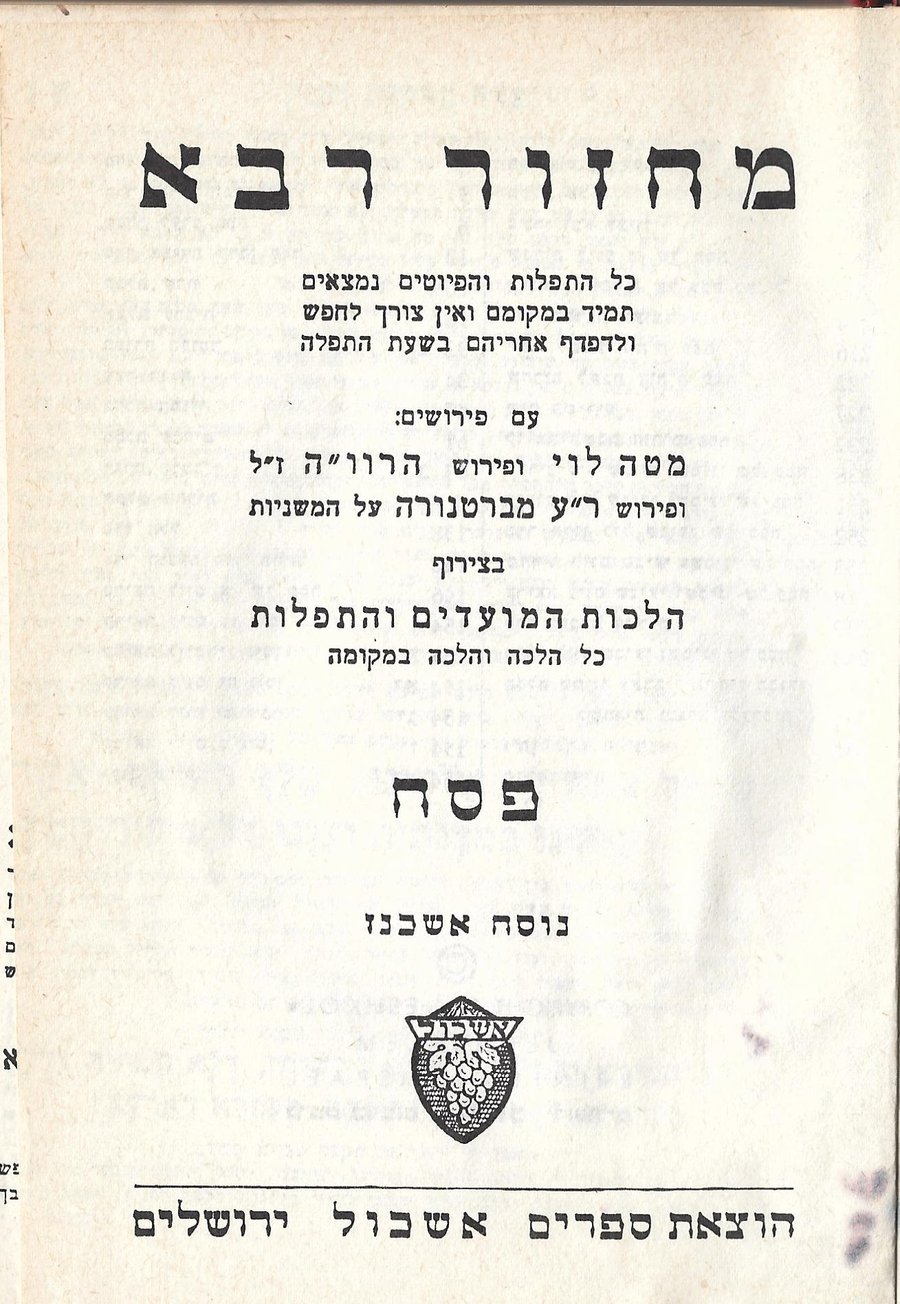
For many Ashkenazim, the look of the good old Machzor Rabba is an inseparable part of the experience of prayer during the holidays. The machzor’s simple cover – with its simple Jerusalem illustration – as well as the simple and convenient arrangement of the prayers themselves made it into one of the most widespread machzorim around, in both shuls and in congregant’s homes. However, despite its great popularity throughout the years, few remember its earlier incarnations or the machzor with the same name which preceded it, and which was first printed over a hundred years ago.
Rabbi Binyamin Zeev (Wolf) Heidenheim (1757-1832) was a linguist and scholar of the Biblical Masoretic text, who founded the well-known printing press in the town of Roedelheim. He was also involved in producing siddurim, machzorim, and other sifrei kodesh. These last were considered both popular and prestigious, thanks to both their effective design and Heidenheim’s known care in matters of grammar and nusach.
Thus were the Roedelheim siddurim printed in hundreds of editions and sold around the world, becoming a kind of standard work in matters of nusach, custom, grammar, and organization. The fist machzor Heidenheim printed appeared at the beginning of 1800, towards that year’s Pesach, and was prepared in two Ashkenazic versions: Westen Europe and Poland-Lithuania.
In his introduction to the machzor, Heidenheim listed all the advantages of the new machzor compared to its predecessors, including: complete prayers which were beautifully designed, collections of customs and necessary halachas, a brief explanation for hard-to-understand words, and references for the pesukim and midrashic portions appearing in the machzor. The machzor also included a complete German translation of the tefilla, which only omitted portions which might get congregations in trouble with the Gentile authorities, or which “hint at deep secrets, which the am ha’aretz will not understand.”
This highly popular machzor was so widely accepted that it was even quoted in the writings of major poskim, including the Chasam Sofer. On the other hand, some stressed how deeply it was planted in the world of Haskalah, given all the scholarly tools Heidenheim used to create it. Either way, the machzor would ultimately come out in eight editions before Heidenheim died, and it would ultimately merit another 100-150 (not a typo).
One of the most widespread of these was published in the early twentieth century in Warsaw and was printed by A. Cahana. This edition did not include the German prayer translation – the pride of the original publisher – but it also added “five collected bei’urim from different sefarim”: Beit Levi, Mateh Levi, Ma’aseh Oreg, Peirush Kavanot Pashtiyot on the tefilla, “and on top of these was added the peirush of the Rv”h ob”m (Moreinu Rabeinu Wolf Heidenheim).”
The machzor also included the commentary of Rabbi Ovadaya of Bartenura for the mishnayot of the holidays – a component which would become a recognized fixture in succeeding machzorim. Given all these beloved elements, Cahana decided to give his new machzor an appropriate name, which would itself become a well-known and particularly beloved brand in itself – Machzor Rabba.
Until WWI, the Heidenheim-Cahana Machzor Rabba was published in a number of successive editions, some of which were paginated and numbered in a doubled and sometimes strange manner. After the war – like some of the other siddurim from the exile – the machzor received a makeover in the style of Eretz Yisrael, reappearing with new pagination courtesy of the Jerusalem based Eshkol press.
The Jerusalemite Machzor Rabba would be reprinted many times from the 1950s onward, serving as both a sequel to its predecessors but also as a reflection of the changed time and place. Thus, underneath the machzor’s famous name was an added reminder: “All the prayers and piyyutim are always in their proper place and there is no need to look and flip pages to find them during tefilla.” The cover page also noted that it included the Mateh Levi peirush, Rabbi Ovadyah of Bartenura’s peirush on the mishnayot, and the peirush of the Rv”h, a name probably unknown to most of those using the machzor. The machzor’s cover included a naïve and pleasant-looking illustration of the Kotel, whose creator we do not know, despite the illustration becoming as identified with the machzor as its name.
Fifty years have passed since the appearance of the first Eshkol printing of the Machzor Rabba, during which dozens of new machzorim have been published in Eretz Yisrael, some of which are nicer looking visually or no less precise in terms of nusach and grammar. Nevertheless, I myself have almost no doubt that those who pray to this day with this machzor in their hands merit having their prayers being accepted in Heaven with special joy and are warmly received by all those who shared in the experience of using it in its many, many editions.
Dr. Reuven Gafni is a senior lecturer at the Land of Israel Department at Kinneret College. He specializes in the field of synagogues and religion in the Land of Israel in the modern era, and the relationship between Jewish religion, culture, and national identity in the Land of Israel.


